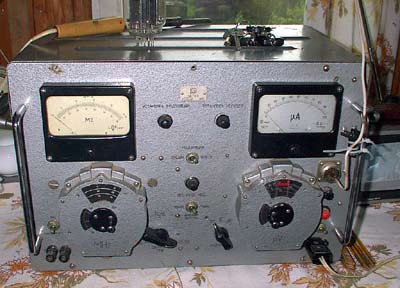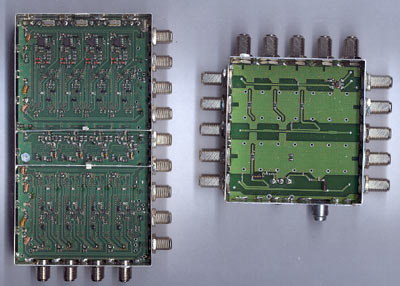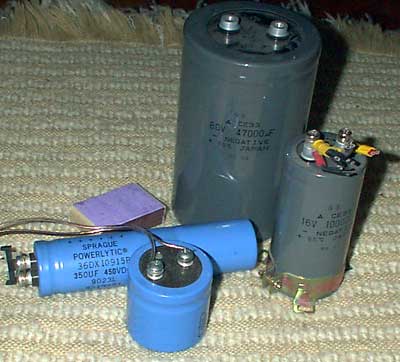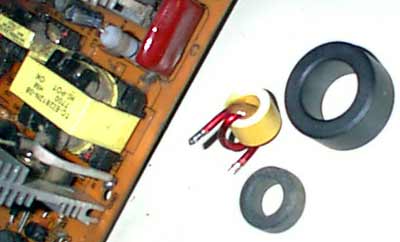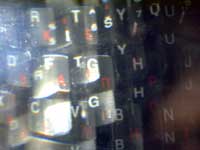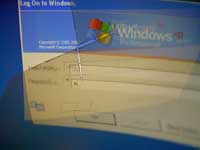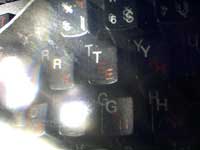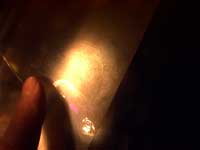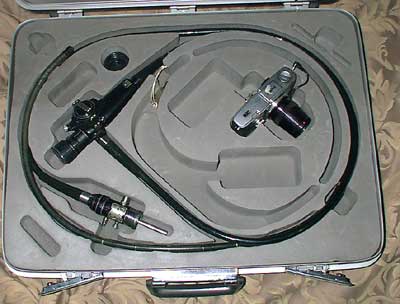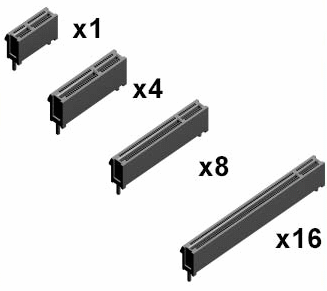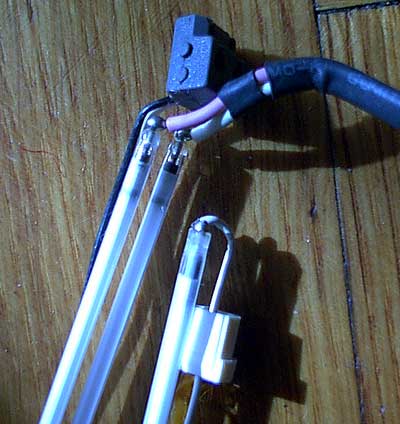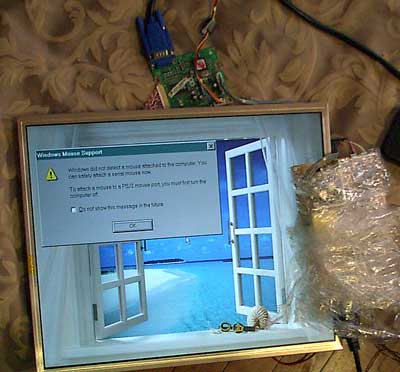In other post I mentioned, that my FM generator is too weak to jam radio stations. And I remembered, that I have quite powerful radio transmitter. 16P22B-1 (16Ð 22Ð’-1, 16R22V-1). It is 146 – 174 MHz FM radio station – transmitter. Output is 8…15W. So it is powerful enough to jam all small town :).
I opened the box of radio transmitter. And made few scans. I need to check, if I can move the frequency to more useful area.

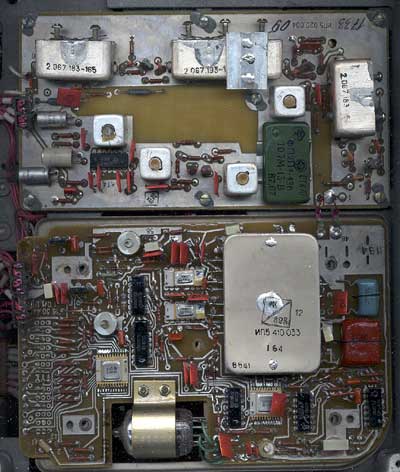
This FM transmitter is using digital tuning with the help of PLL. This PLL is constructed using discrete parts. It is quite old radio station. Now I think, that all this strange gold chips can be replaced with single PLL chip, like TSA6057 – Radio tuning PLL frequency synthesizers. (The TSA6057 is a bipolar single chip frequency synthesizer manufactured in SUBILO-N technology (components laterally separated by oxide). It performs all the tuning functions of a PLL radio tuning system. The IC is designed for application in all types of radio receivers.) If I could have some spare time…
I tested that transmitter in his native frequency and get quite good result. I can speak from my summer country house to my home without any interference. From one side areal antenna is original big device, and from other side just small peace of wire.

